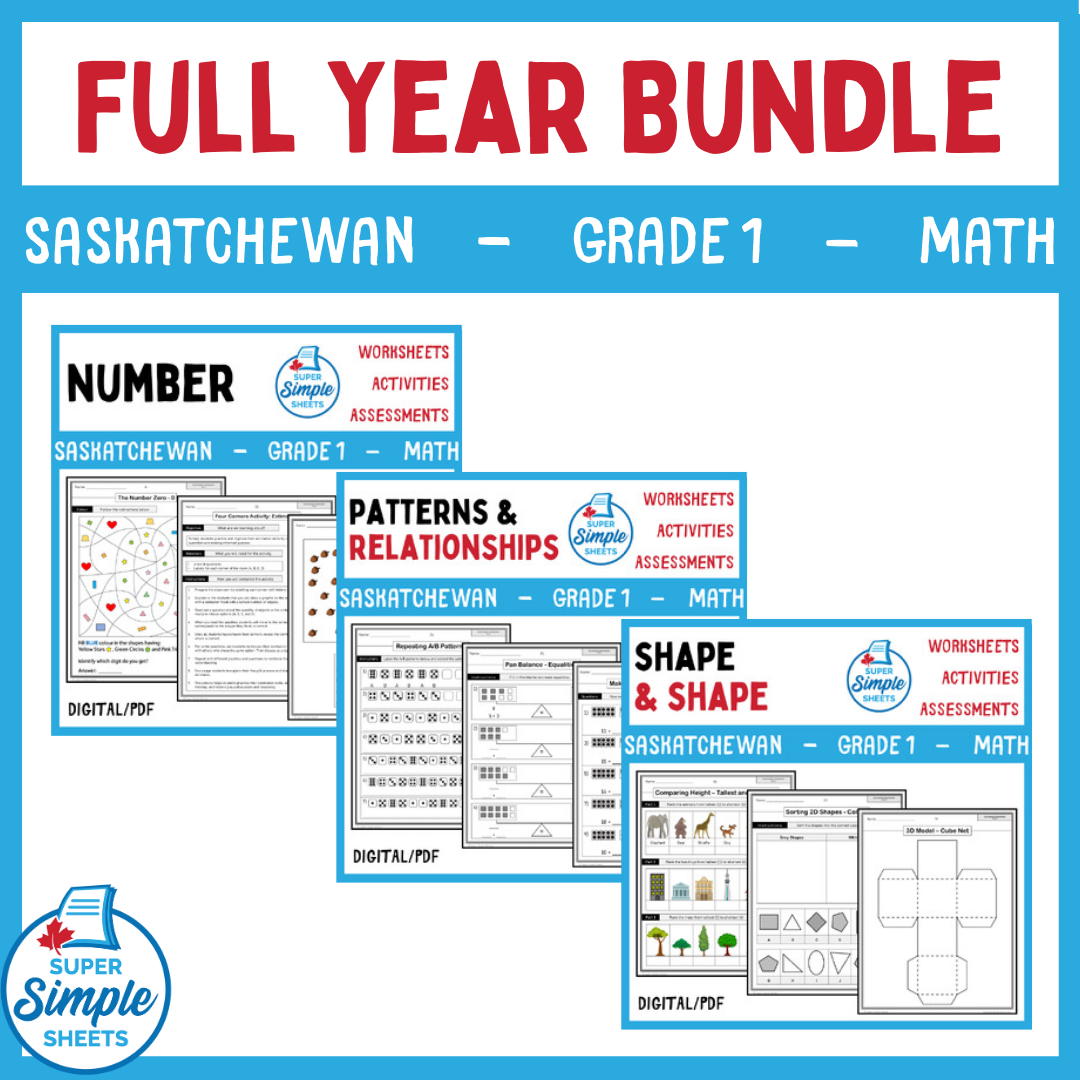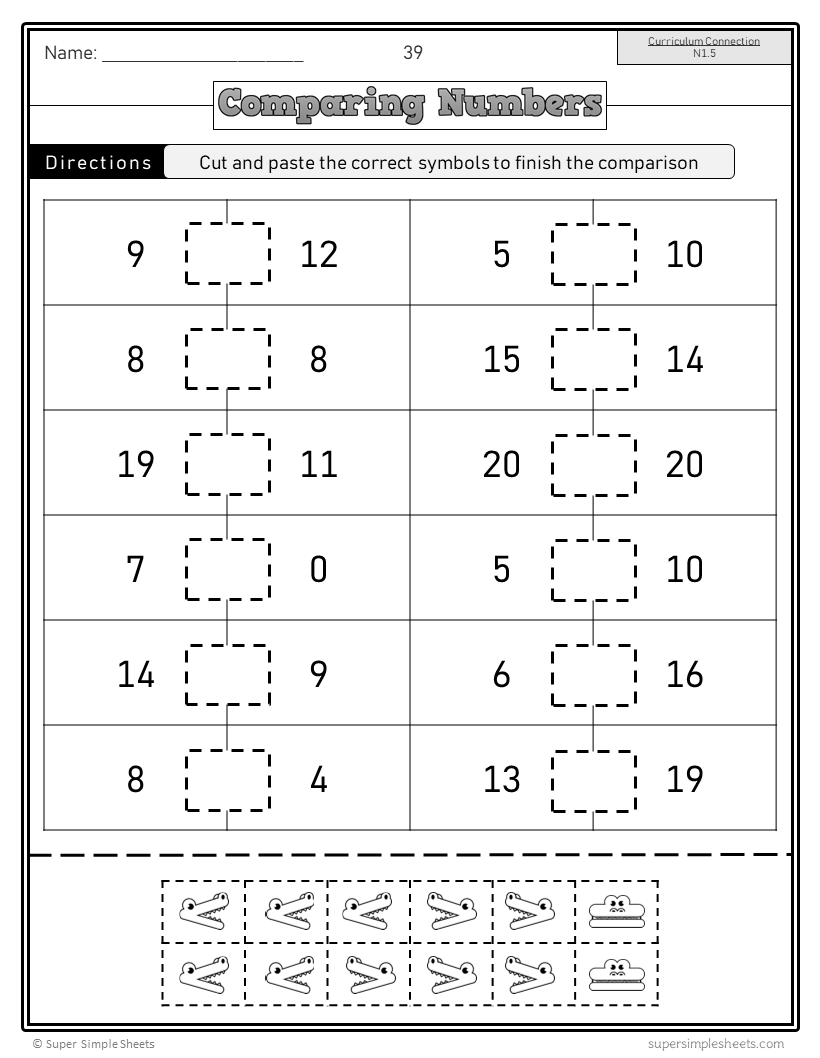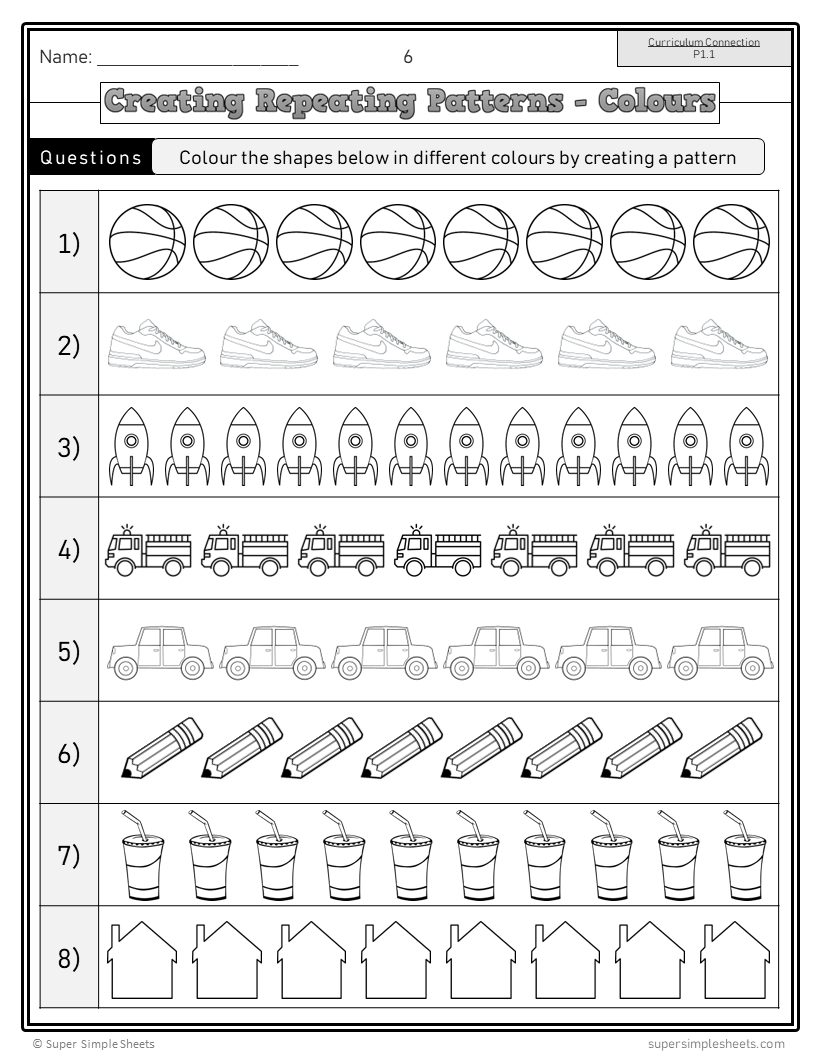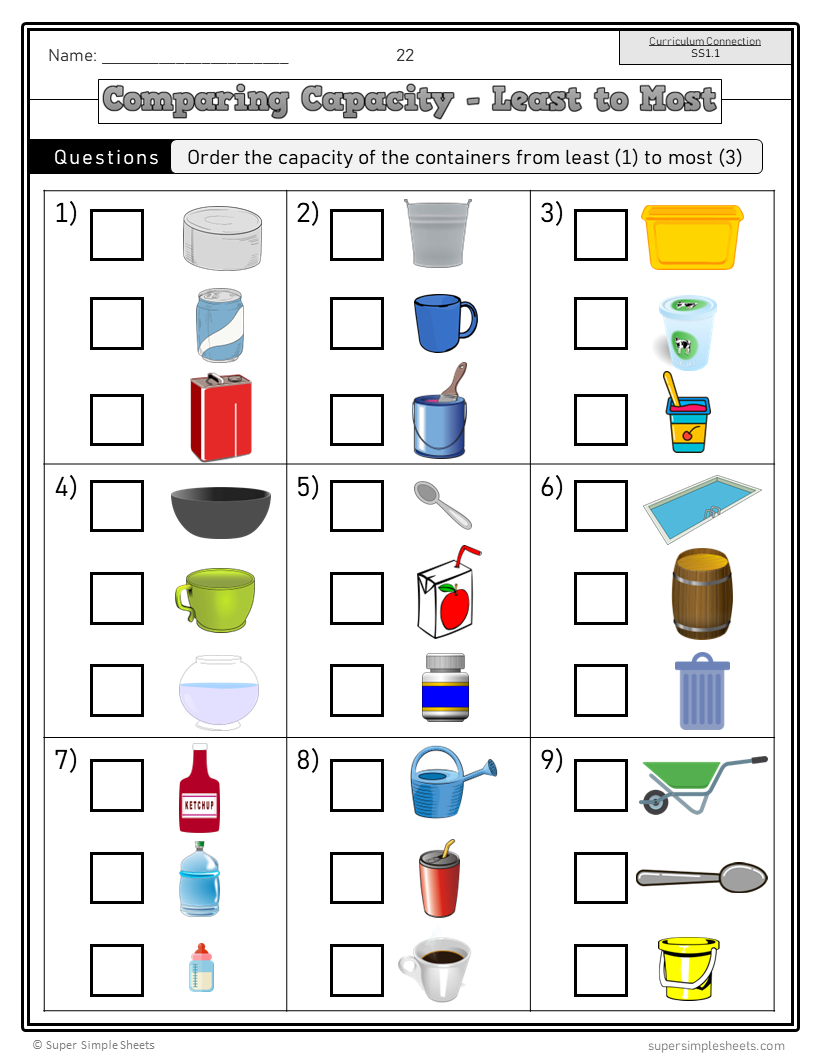Saskatchewan Grade 1 Math - Full Year Bundle - GOOGLE/PDF INCLUDED
Saskatchewan Grade 1 Math - Full Year Bundle - GOOGLE/PDF INCLUDED
Interested in a bundle? Shop below instead!
Couldn't load pickup availability
PRODUCT PREVIEW
Grade 1 – Saskatchewan Math Curriculum – This resource covers all outcomes and indicators in the Grade 1 - Saskatchewan Math Curriculum.
GOOGLE CLASSROOM VERSION - PDF INCLUDED! This gives you the ability to print worksheets as well as distribute a digital copy of the resource to your students on Google Classroom.
Check out each of the strands below to learn more about the resources included in this bundle.
Number Strand
Concepts that are covered:
- Counting to 20 – forwards and backwards
- Counting by 1s to 100 – forwards and backwards
- Counting by 2s, 5s, and 10s within 100
- Subitizing – 10 frames, fingers, and dice
- Counting activities
- Counting sets
- Making sets and counting the total
- Comparing sets of numbers
- Counting numbers on a number line
- Representing numbers – base ten blocks, money, 10 frames, number line, fingers
- Composing and decomposing numbers
- Comparative language – equal or unequal, more, less, same
- Using comparative symbols – greater than, equal to, less than
- Estimating how many using referents
- One more, one less activities
- Two more, two less activities
- Is the situation an addition or subtraction question?
- Addition and subtraction story – shared reading
- Writing addition and subtraction number sentences – multiple choice
- Mental math – addition strategies: counting on, making tens, making doubles
- Adding money, base ten blocks, number line addition, ten frames
- Addition math facts: 0 – 10
- Addition word problems – less than 10
- Addition word problems – up to 20
- Part, part, whole activities – calculating the missing value
- Subtraction mental math strategies – counting back, and counting up
- Subtracting using base ten blocks, money, and number lines
- Subtraction math facts: 0 – 10
- Subtraction word problems – less than 10 and 20
- Fact families – adding and subtracting (inverse operations)
- Exit cards x 12
- Hands-on Activities: Skip Counting Fun!, Object Counting Race, Number Comparison Relay
- Hands-on Activities: Four Corners Activity: Estimation, Activity: Number Neighbours, Math Quest
- Hands-on Activities: Adding Adventures: Treasure Hunt, Addition/Subtraction Race
- Hands-on Activities: Subtraction Jeopardy, Memory Game: Inverse Operations Match
- 2 Unit Tests
- Answer pages for all activities
Patterns and Relations
Some of the concepts that are covered:
- Things we can measure – length, mass, weight, capacity, area
- Lengths – height, width, depth
- Length of objects – taller, shorter, deeper, wider
- Comparing lengths – shortest and longest
- Ordering the length of objects and shapes
- Scavenger hunt: finding objects shorter and longer than a pencil
- Comparing capacity – which container holds more?
- Comparative language: most, least, more than, less than, the same as
- Ordering containers based on their capacity
- Scavenger hunt: finding containers that hold more and less than a pencil case
- Measuring mass – pan balance
- Comparing mass of objects – more than, less than
- Ordering the weight of objects from least to greatest
- Scavenger hunt: finding objects that weigh more and less than your shoe
- Comparing the area of shapes and objects
- Superimposing shapes to determine which has more area
- Ordering shapes based on their area
- 3D objects versus 2D shapes
- Sorting 2D shapes and 3D objects
- Sorting 2D shapes based on one attribute (colour, texture, rounded, number of sides, size)
- Sorting 3D objects based on one attribute (colour, pointed, rounded)
- Sorting 2D shapes and 3D objects based on your own attribute
- 3D objects – composing nets
- Making composite 3D objects by putting together 3D objects
- Making composite 2D shapes by putting together 2D shapes
- Finding 2D shapes in your environment
- Finding 3D objects in your environment
- Exit Cards x 12
- Hands-on Activities: Size Sorting Station, Yarn Length Challenge, 4-Corners Capacity Game
- Hands-on Activities: Measuring Capacity Activity, Measuring Mass Activity, Comparing Area with Paper Squares
- Hands-on Activities: Shape Art Gallery, Shape Treasure Hunt, Geometric Builders
- Hands-on Activities: Build 3D Using 2D Shapes, Shape Explorers
- 2 Unit Tests
- Answer pages of all activities
Shape and Space
Some of the concepts that are covered:
- Creating repeating patterns
- Extending repeating patterns
- A/B patterns
- A/B/C patterns
- A/B/C/D patterns
- Determining the pattern core in repeating patterns with 4 elements
- Making patterns with shapes and changing their orientation
- Patterns using numbers, letters, shapes, textures, and colours
- Translating AB, ABC, and ABCD patterns into other representations
- Cycles in our lives – repeating patterns
- Eating cycles – breakfast, lunch, dinner
- Day cycle – sunrise, noon, afternoon, sunset, midnight
- Days of the week – repeating pattern
- Months of the year – repeating pattern
- Moon cycles – different moon phases repeating pattern
- Seasons
- Pan balance – balancing quantities using a pan balance
- Birthday cake equalities
- Pan balance equalities
- Number line equalities
- Is a number sentence equal or unequal – equalities versus inequalities
- Activity - making equal teams that are balanced (equal)
- Writing number sentences that represent equal teams
- Determining the missing value in a number sentence
- Using concrete materials and pictures to balance number sentences
- Addition and subtraction number sentences
- Are they equal? Using = or ≠
- The answer is _____, what is the question?
- Creating multiple equalities that represent the same quantity
- Word problems – finding the missing value in an equality
- Exit Cards x 11
- Hands-On Activities: Pattern Palooza Necklace, Sound Clap Patterns, Pattern Pizzas, Hands-On Activities: Cycles in Math and Real Life, Nature Pattern Hunt, Four Corners Activity: Days, Months, and Seasons
- Hands-On Activities: Algebra Jeopardy, Card Sort Challenge, Matching Game: Do The Equations Match
- Hands-On Activities: Task Cards: Mystery Number Detectives, Pattern Pass Along
- 2 Unit Tests
- Answer pages for all activities
This is a comprehensive bundle that will save you hours of planning! It has been tested and found effective in helping students achieve the learning outcomes outlined in the Saskatchewan 2009 curriculum.
Answer pages for all slides/sheets are included!
Share




This is a very complete resource. My students are able to easily follow the assignments. Thank you for a wonderful resource!







